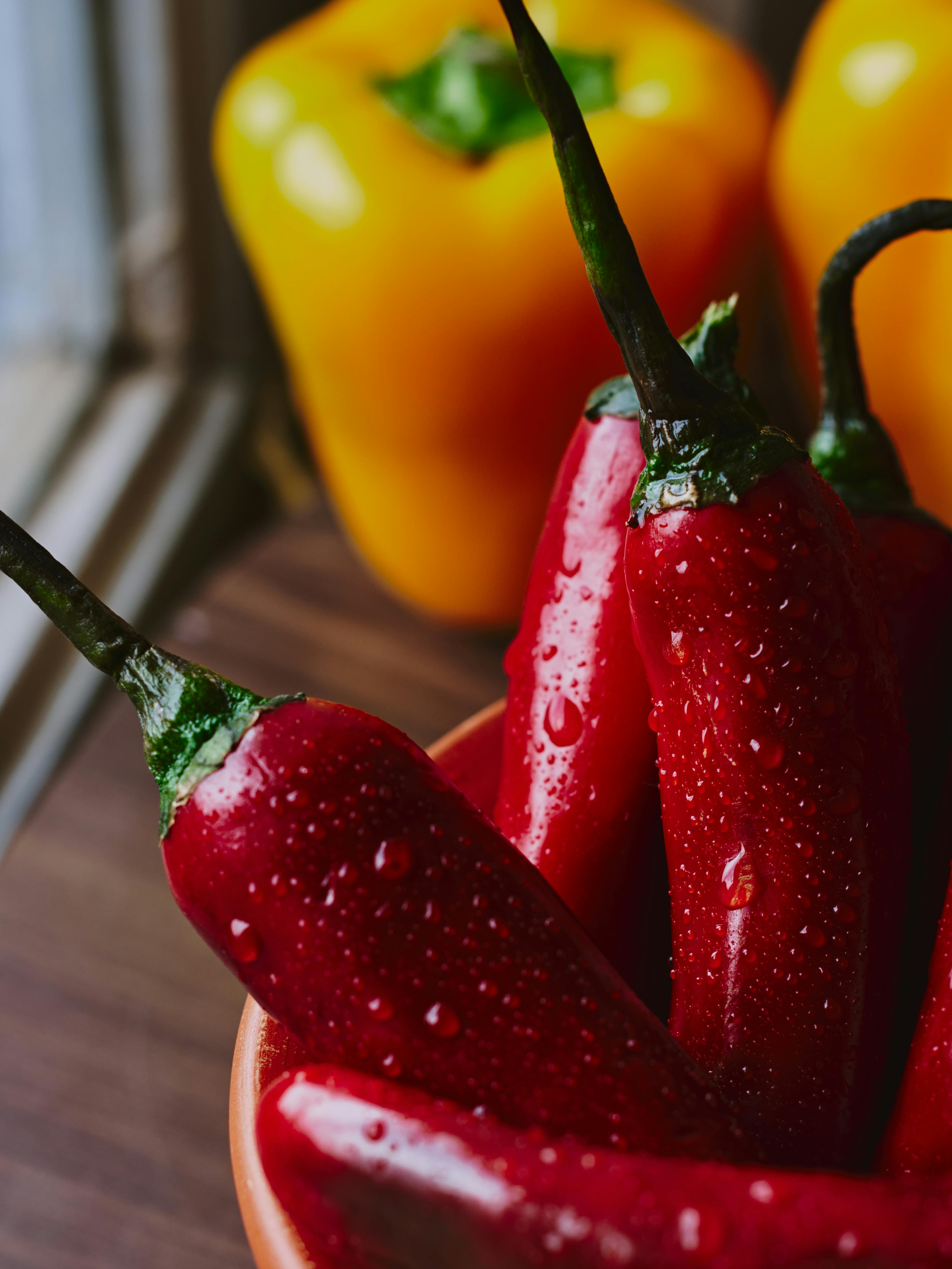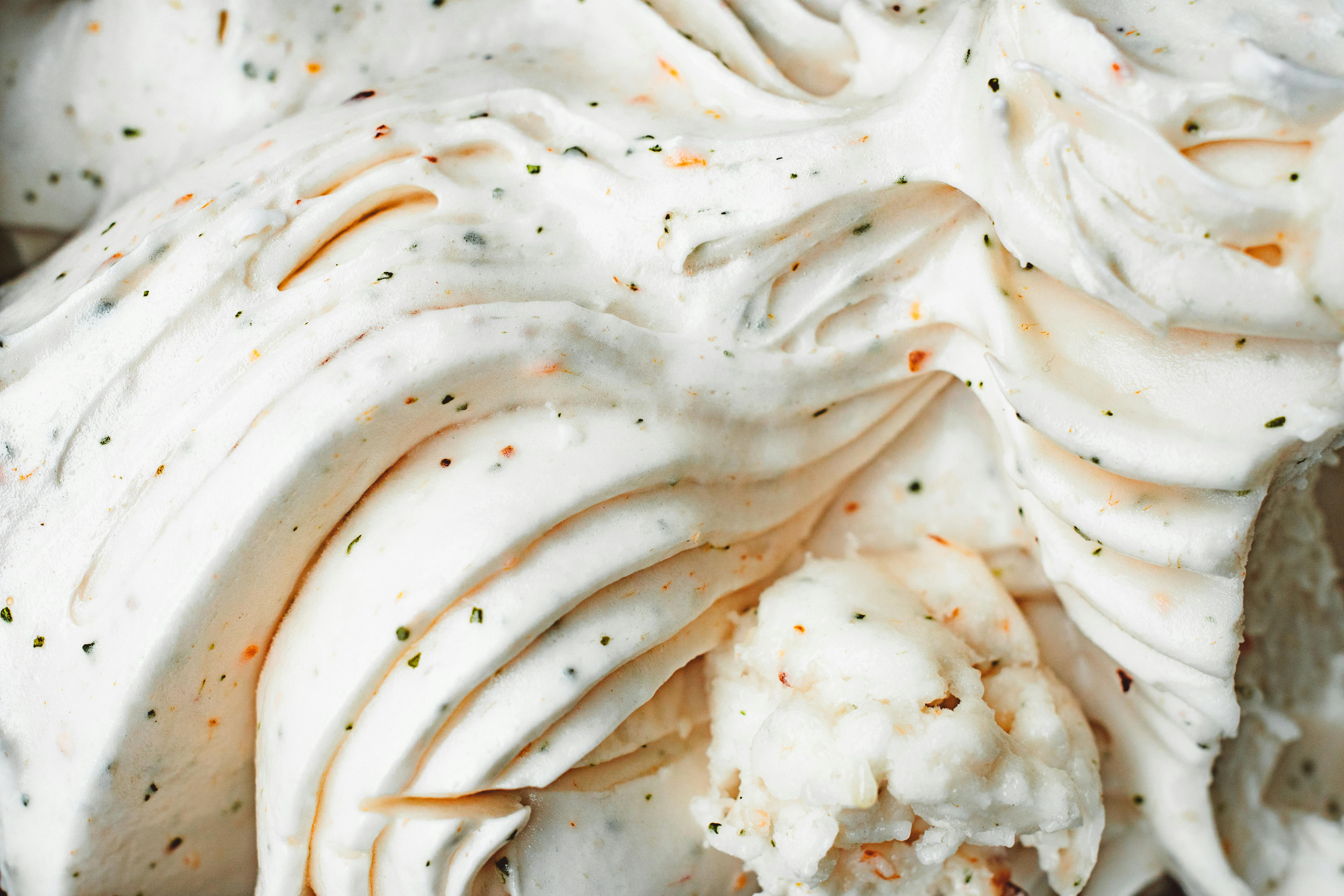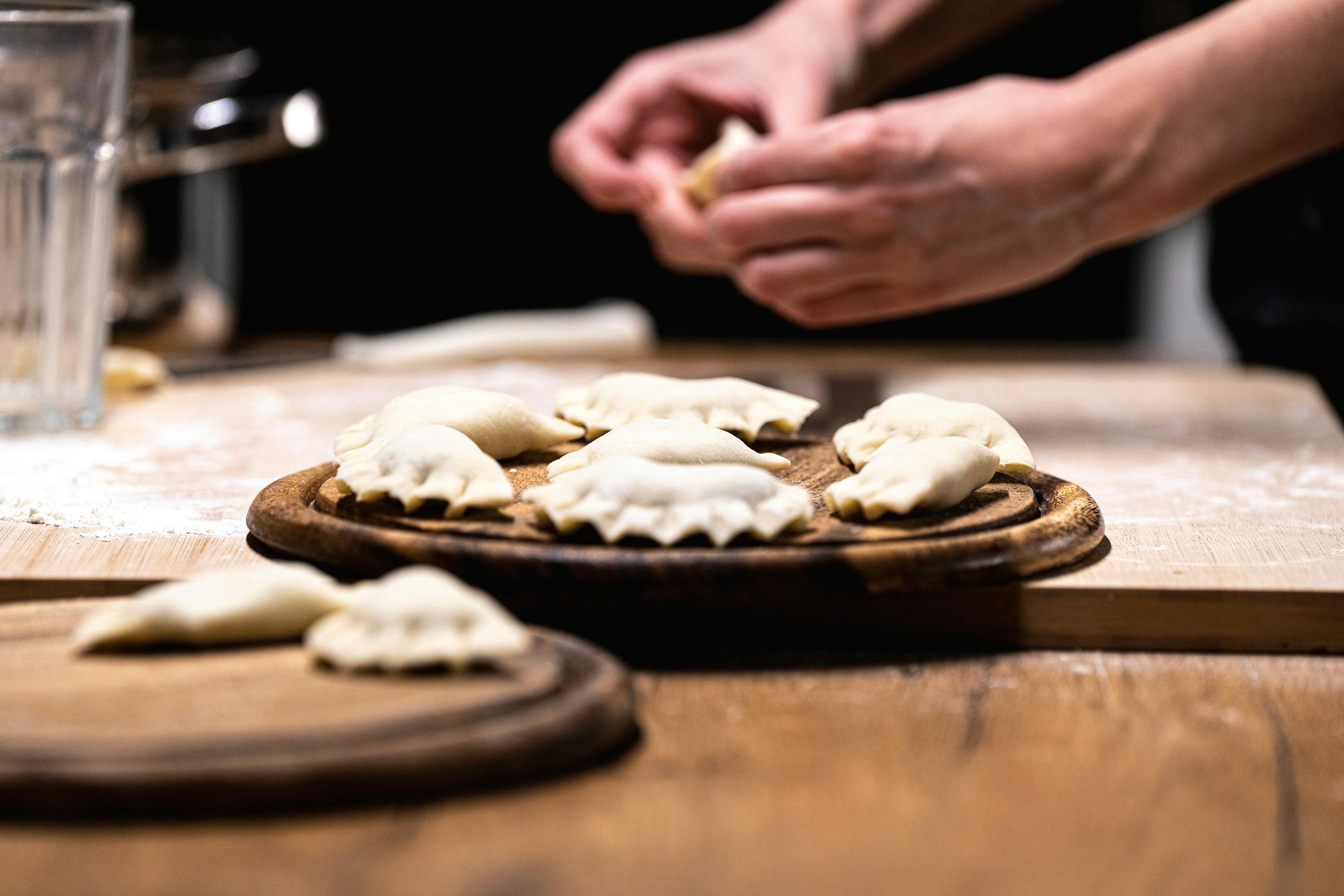Effective Ways to Prepare for a Low Residue Diet Before Colonoscopy in 2025

Effective Ways to Prepare for a Low Residue Diet Before Colonoscopy in 2025
Preparing for a colonoscopy is crucial not only for the procedure's success but also for ensuring your colon remains healthy post-examination. One essential aspect of this preparation is adopting a low residue diet. As patients approach their colonoscopy dates, understanding what a low residue diet involves, alongside general colonoscopy preparation guidelines, will set you up for success. This article offers comprehensive insights on dietary recommendations to follow in the days leading to your colonoscopy to promote optimal bowel cleansing and ensure your comfort during the procedure.
A low residue diet plays a vital role in lowering fiber intake and reducing substances that could potentially irritate the gastrointestinal tract, enhancing colon health. Along with discussing foods to avoid, this guide will provide clarity on light meals, hydration, and a carefully curated meal plan. Adopting these pre-procedure recommendations is essential for individuals undergoing gastrointestinal procedures, especially those with digestive disorders like inflammatory bowel disease. Furthermore, the success of your colonoscopy largely depends on the preparation undertaken before the appointment. Let's delve deeper into this effective dietary strategy.
Key Takeaways:
- Understand the importance of a low residue diet in colon preparation.
- Discover foods and beverages to prioritize and avoid.
- Learn practical tips to ensure dietary compliance.
Understanding the Low Residue Diet and Its Purpose
Before diving into specific foods and meal plans, it's essential to define what a low residue diet entails. A low residue diet is designed to minimize the fiber content in meals, facilitating easier digestion and reducing the volume of undigested food leftovers in the colon. This dietary pattern is vital for those preparing for a colonoscopy, as it aids in ensuring a clear view of the colon during the examination.
The primary purpose of this diet is to decrease the amount of bulk in the intestines. High-fiber foods often contribute to increased bowel movement frequency and can irritate the colon, complicating procedures like colonoscopies. Thus, by following low residue dietary guidelines, patients can significantly improve their colonic transit time and clear debris from their digestive systems.
Here are the significant benefits of adhering to a low residue diet:
- Enhanced bowel cleansing, promoting better colonoscopy outcomes.
- Decreased digestive discomfort during the prep phase.
- Reduction in the risk of dehydration when combined with proper hydration tips.
This naturally leads us to the components of the diet itself, including detailed food lists and low residue meal plans.
Foods to Avoid on a Low Residue Diet
First and foremost, understanding which foods to avoid is crucial for effective colonoscopy preparation. Foods high in fiber can lead to increased bowel movements and potentially obstruct clear visibility during the procedure. A comprehensive low residue food list includes the following:
- Whole grains (e.g., whole wheat bread, brown rice)
- Fruits with edible skins or seeds (e.g., apples, berries)
- Vegetables that are raw or high in fiber (e.g., broccoli, corn)
- Nuts and seeds
- Legumes (e.g., beans, lentils)
It’s also advisable to steer clear of certain dairy products; however, plain yogurt and soft cheeses may be acceptable in moderation. Heavy creams and rich cheeses are best avoided. The goal is to stick to low fiber options that are easy on the digestive tract.
Additionally, clear liquids should be prioritized during the final days of preparation. Options such as clear broth, herbal tea, and undiluted fruit juices (like apple or grape juice) are excellent choices. Don’t forget to stay hydrated—dehydration is a risk during this stage of preparation.
With these dietary restrictions outlined, let’s explore effective low residue meal plan strategies.
Creating a Low Residue Meal Plan
Constructing a low residue meal plan can significantly streamline your colonoscopy preparation. It’s important to design meals that are both comforting and satisfying while staying within dietary guidelines. Here’s what an effective meal plan might look like leading up to a colonoscopy:
- Breakfast: Scrambled eggs accompanied by white toast and a glass of clear fruit juice.
- Lunch: Plain pasta with a small portion of lean chicken, and a side of broth-based soup.
- Dinner: Baked white fish with mashed potatoes and cooked carrots.
These meal examples emphasize easily digestible foods to ensure low digestive strain.
Additionally, incorporating light snacks such as gelatin desserts and low residue snacks helps maintain energy while adhering to dietary restrictions. It's also beneficial to focus on meal timing, spacing out your meals throughout the day to manage appetite control and digestion speed.
As always, following your healthcare provider’s medical guidelines is essential in tailoring your meal plan to your specific health needs.
Hydration Tips for Effective Preparation
Staying hydrated is vital when preparing for a colonoscopy. The emphasis on fluid intake cannot be overstated, especially with the dietary restrictions that limit fiber. Thus, balancing hydration alongside electrolyte levels is critical.
Incorporating a variety of hydrating beverages enhances your nutrient absorption, while also preventing dehydration symptoms often associated with low residue diets. Opt for:
- Clear broths and chicken soup
- Sports drinks formulated for electrolyte balance
- Plain water and herbal teas
These options ensure you consume essential nutrients while maintaining fluid levels. Monitor your hydration status closely to prevent digestive issues during bowel preparation.
As you finalize your hydration strategies, let’s discuss potential risks associated with colonoscopies and how diligent preparation can mitigate them.
Colonoscopy Risks and Preparation Strategies
Despite colonoscopies being generally safe procedures, certain risks should not be overlooked. Complications may arise from insufficient bowel preparation, including missed polyps or lesions due to suboptimal visibility. Moreover, dietary adherence impacts digestion effectiveness and cleaning results.
Therefore, starting your low residue diet ahead of time improves bowel cleansing efficacy and minimizes colonoscopy risks. Keeping thorough records of your food intake throughout the preparation journey aids in aligning with dietary compliance metrics, which can also prompt proactive discussions with your healthcare providers.
Additionally, it’s important to inform the medical team of any digestive disorders or medications that may affect your preparation approach. Remember, open communication is vital in your pre-colonoscopy checklist.

Pre-Procedure Guidelines for Colonoscopy Success
Adhering to pre-procedure diet guidelines is crucial for successful colonoscopy outcomes. Besides your low residue meal plan, prepare yourself for a smooth experience by considering the following:
- Begin your low residue diet 48-72 hours before the procedure to allow for adequate digestive adjustments.
- Follow your doctor's orders regarding medication management and any additional specific dietary restrictions.
- Maintain a log of your hydration levels and meal choices to track compliance.
Lastly, understanding and implementing these pre-colonoscopy tips will elevate your preparation experience, enhancing both comfort and success during the procedure.
Frequently Asked Questions About Colonoscopy Preparation
1. **What is a low residue diet, and why is it essential?**
A low residue diet minimizes fiber intake, which aids in digestive ease and reduces the presence of undigested food in the colon, facilitating clear visualization during a colonoscopy.
2. **How can I stay hydrated while on a low residue diet?**
Focusing on clear liquids such as broths, fruit juices, and electrolyte-rich drinks is vital for maintaining hydration and electrolyte balance.
3. **What foods should I prioritize in the days leading up to my colonoscopy?**
Opt for foods that are low in fiber such as white bread, plain pasta, lean meats, and clear liquids. Snacks should also fall within low residue guidelines.
4. **How soon should I start my low residue diet?**
It's typically recommended to start your low residue diet 48-72 hours before the procedure to ensure adequate bowel cleansing.
5. **What should I do if I have questions about my dietary restrictions?**
Consult with your healthcare provider to clarify any doubts and ensure dietary adherence preceding the colonoscopy.
